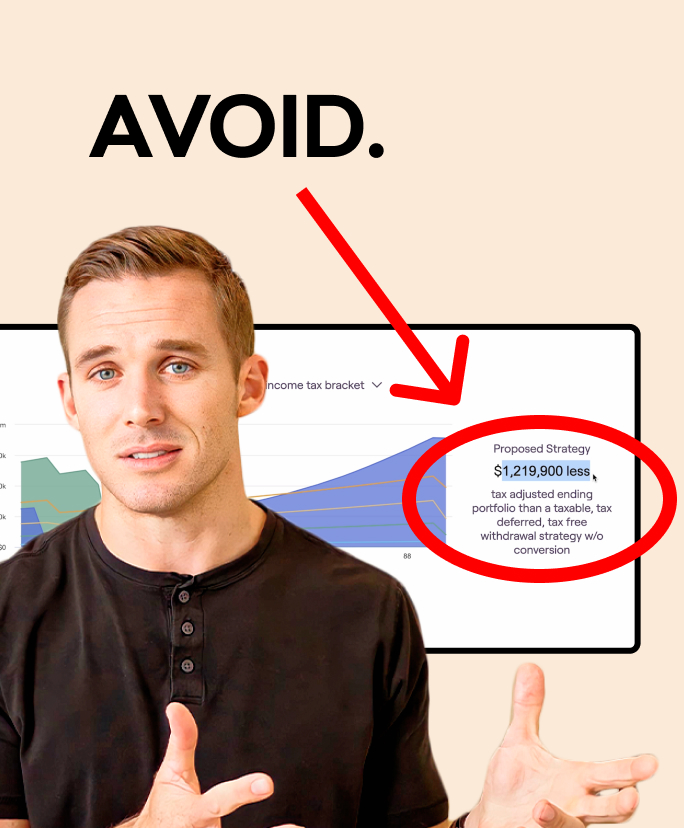Many retirees fear running out of money during retirement, and of course it’s natural to want to preserve your capital. However, living off the interest generated from your portfolio is not a sustainable approach. Recent interest rate increases may have made investing seem easier, but inflation will quickly erode your purchasing power. A perspective shift is needed, as living off interest can actually be quite risky.
Inflation Will Erode Your Purchasing Power
First, let’s consider an example. Suppose you have a million dollars and want to live on $40,000 per year during retirement. You could park the money in a high-yield savings account that pays 4%, generating $40,000 in interest per year. On the surface, this seems like a stable and secure way to live in retirement.
However, inflation will quickly erode your purchasing power in this approach. After five years of 3% inflation, you would need $46,300 to maintain your purchasing power. After ten years, you would need $53,750, and after twenty years, you would need closer to $72,240. After thirty years, you would need $97,000 to maintain the purchasing power of the original $40,000 per year.
As you can see, while the interest generated remains the same, the purchasing power of that money decreases over time due to inflation. As we can see in this example, living off interest alone is not sustainable and probably won’t provide you with the retirement you want.
Reframe Your View of Risk
So what is the solution? First, you need to reframe your view of risk. If you view risk as the volatility of your investments in the short term, you will likely gravitate towards cash, bonds, and other stable investments. However, if you view risk as the permanent loss of purchasing power over time, you will realize that cash and bonds are actually some of the riskiest investments you can make in retirement.
What Can You Do Instead?
Instead, you need to focus on investing in assets that will grow over time, such as stocks. Yes, stocks are volatile, but they also offer the potential for higher returns, which will help your portfolio grow and maintain its purchasing power over time.
Of course, you should not just blindly invest in stocks without a plan. You should work with a financial planner to create a retirement plan that meets your needs and goals. This plan should include a diversified portfolio that balances risk and reward, and takes into account your specific goals and risk tolerance.
Dividing Your Investment Strategy
One approach to consider is the “bucket strategy.” This involves dividing your assets into three buckets: a short-term bucket for your immediate needs, a mid-term bucket for your intermediate goals, and a long-term bucket for your retirement income needs. Each bucket has its own investment strategy: with the short-term bucket invested in cash or other stable investments, the mid-term bucket invested in a mix of stocks and bonds, and the long-term bucket invested primarily in stocks.
By using this approach, you can balance risk and reward while still maintaining a focus on long-term growth. You will have access to cash for your immediate needs, while also benefiting from the growth potential of stocks. This approach can help you achieve your retirement goals while minimizing the risk of running out of money.
Living off the interest generated by your portfolio may seem like a safe and secure approach to retirement but taking inflation into consideration, it can actually be quite risky. Instead, focus on investing in assets that will grow over time, such as stocks. By working with a financial planner and using a bucket strategy, you can balance risk and reward while still achieving your retirement goals. Remember, the goal of retirement is not just to preserve your capital, but to live a fulfilling and comfortable life.
Need help with your retirement?
Work directly with a licensed financial advisor at Root. Book a no-obligation initial call now so we can show you how we’ve helped hundreds of people just like you build a retirement they love.


